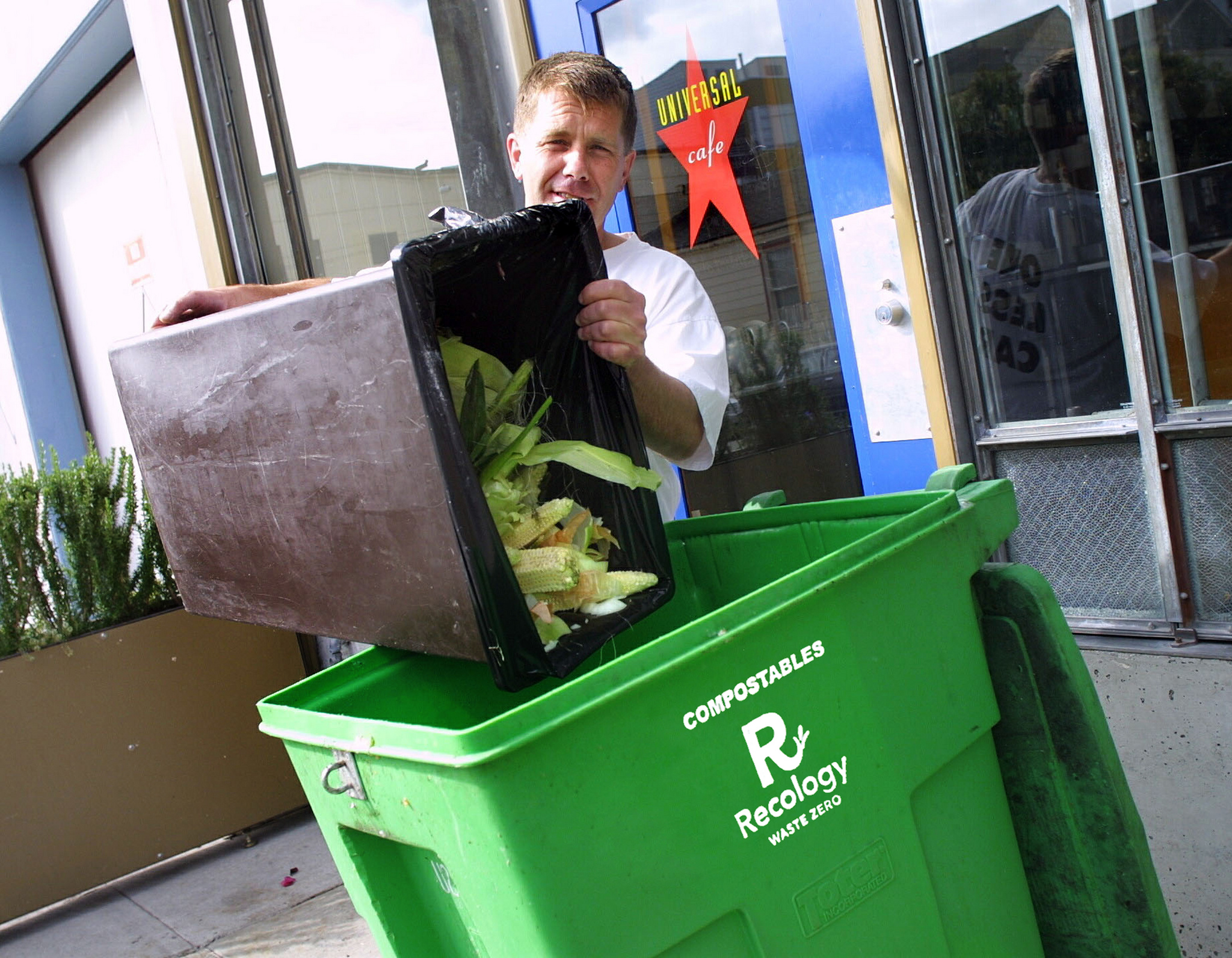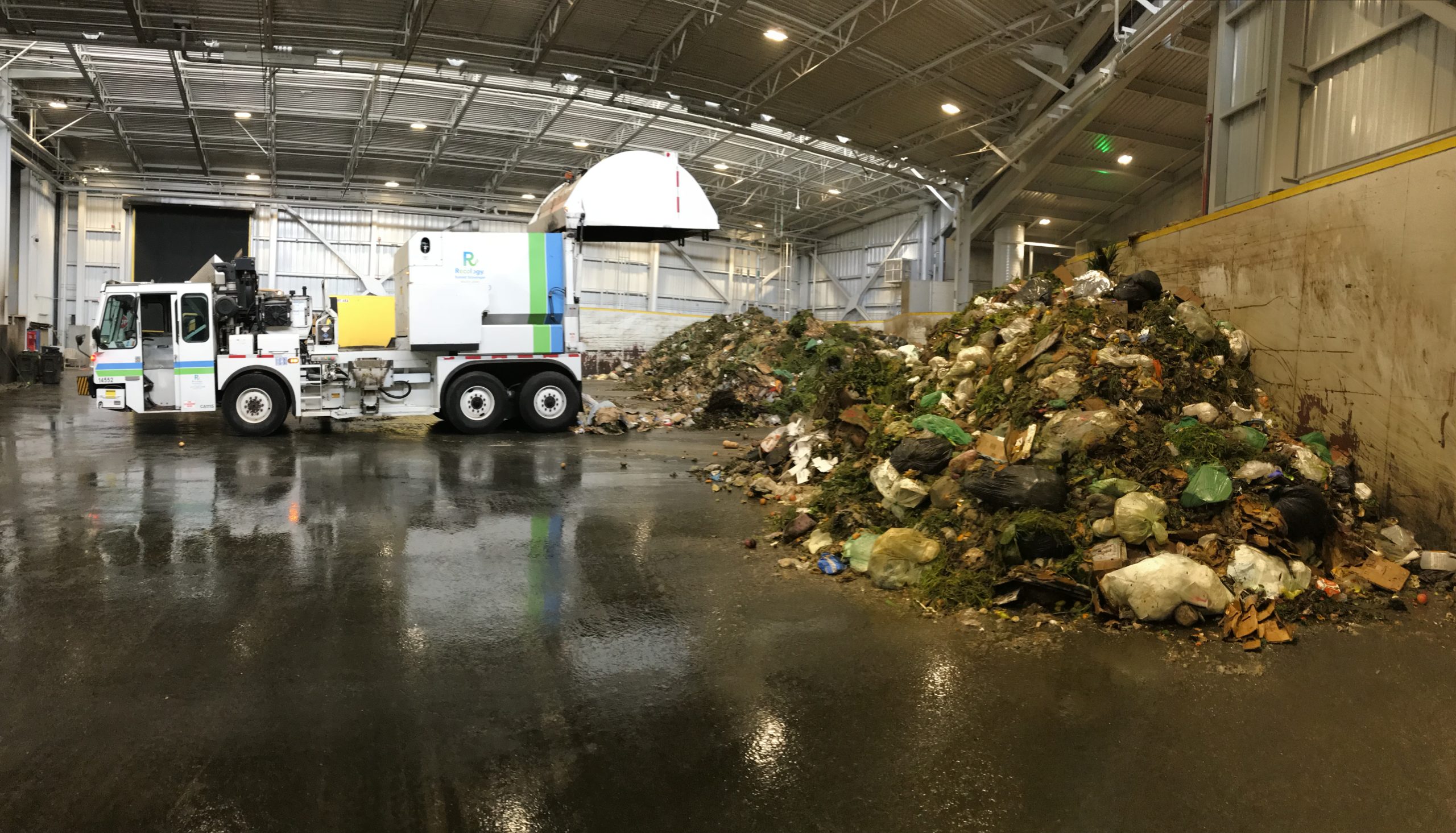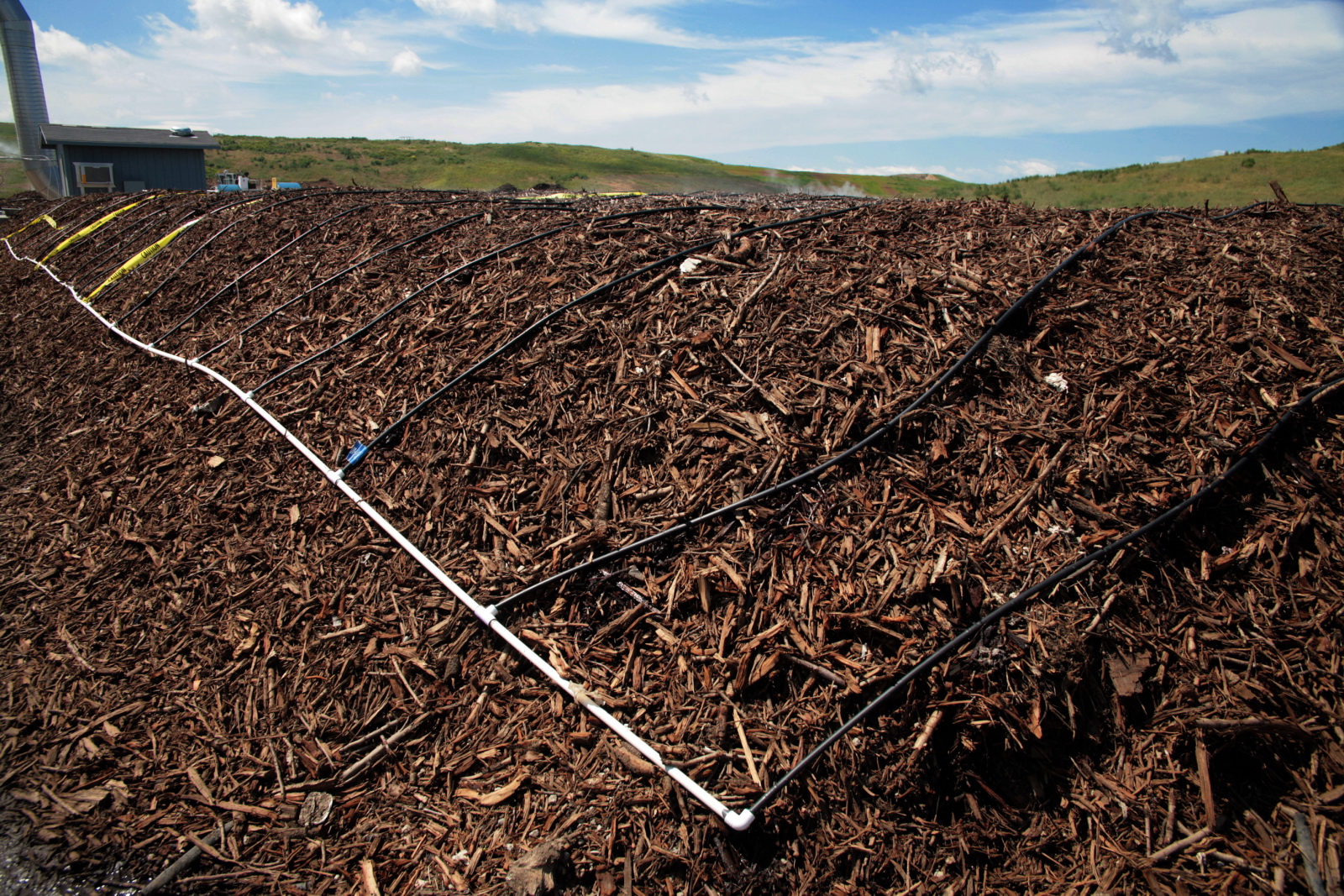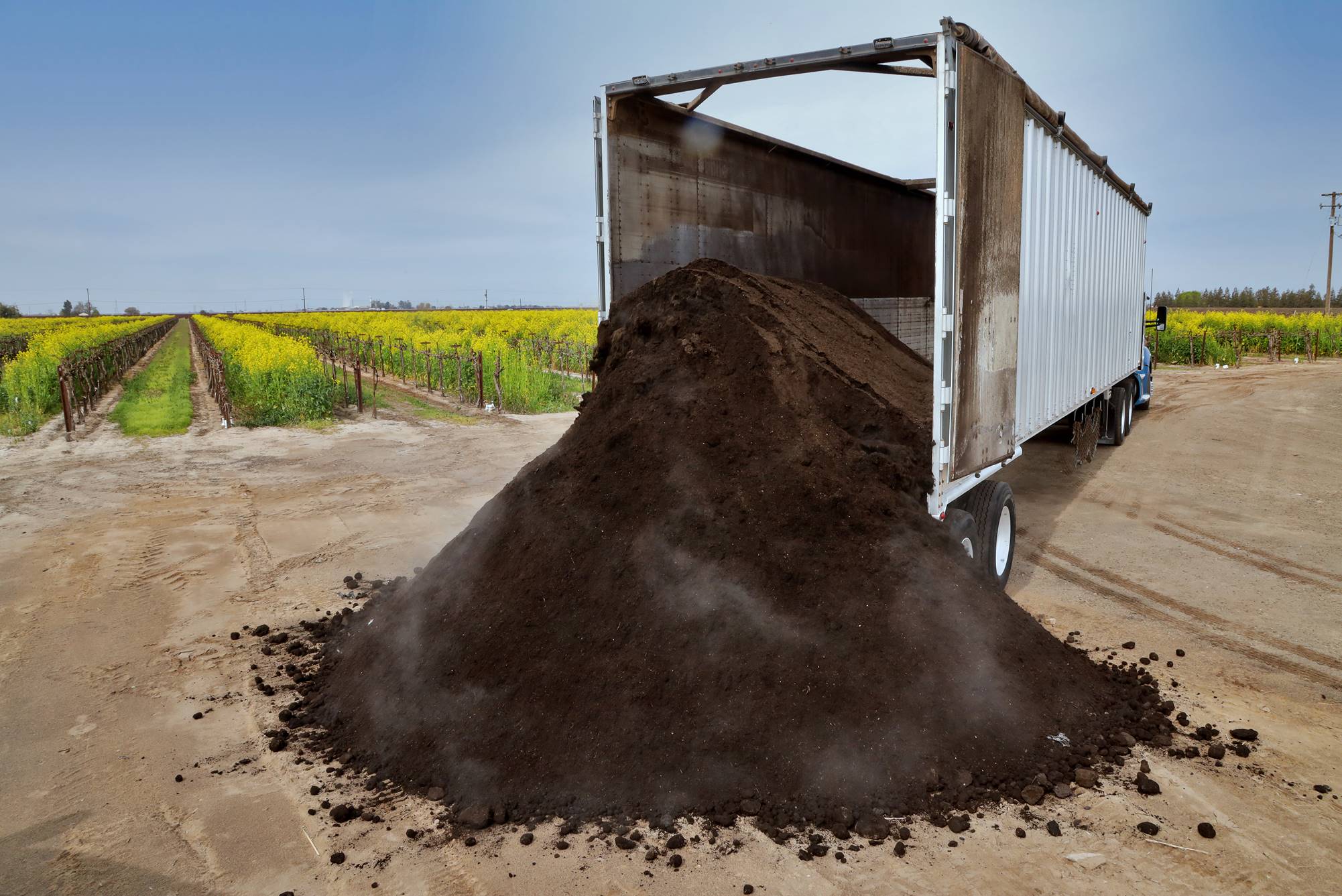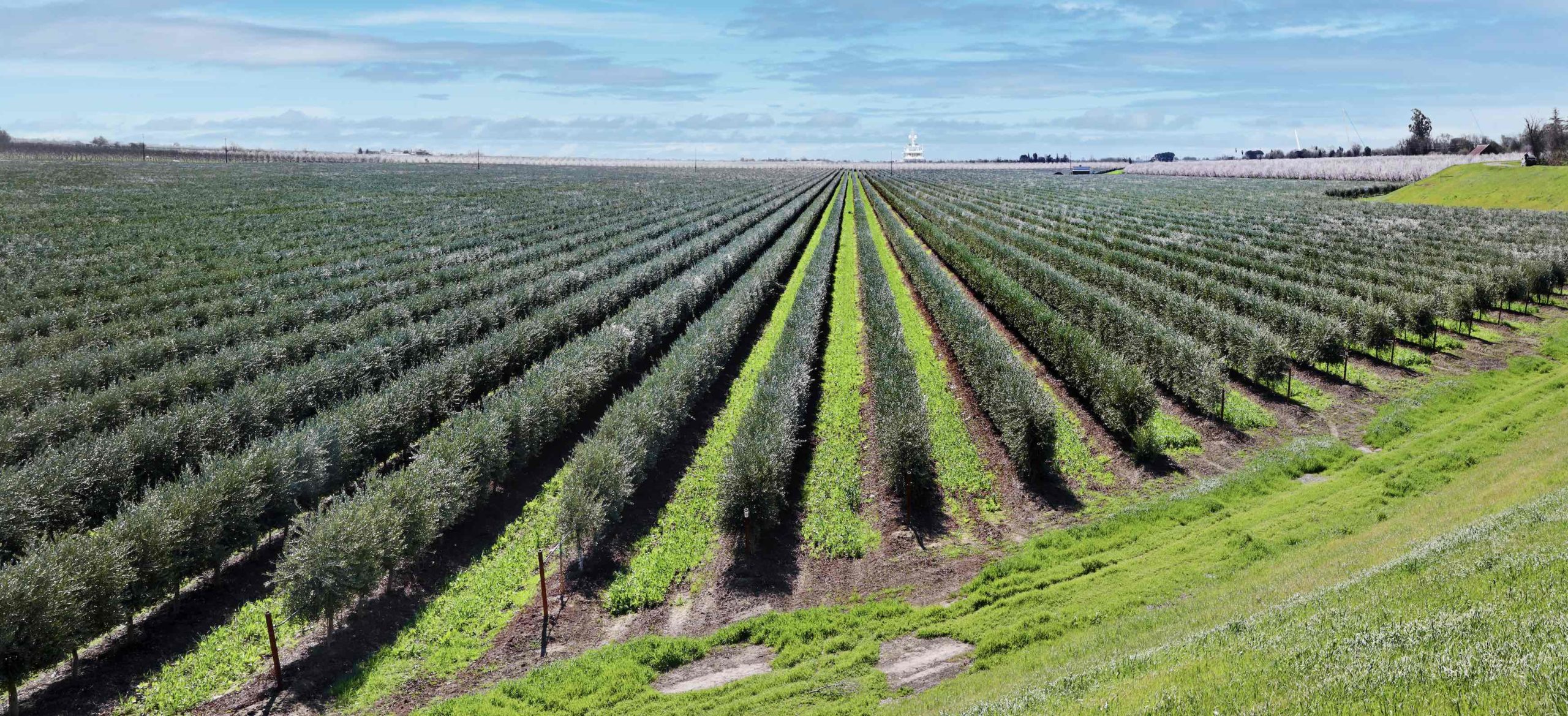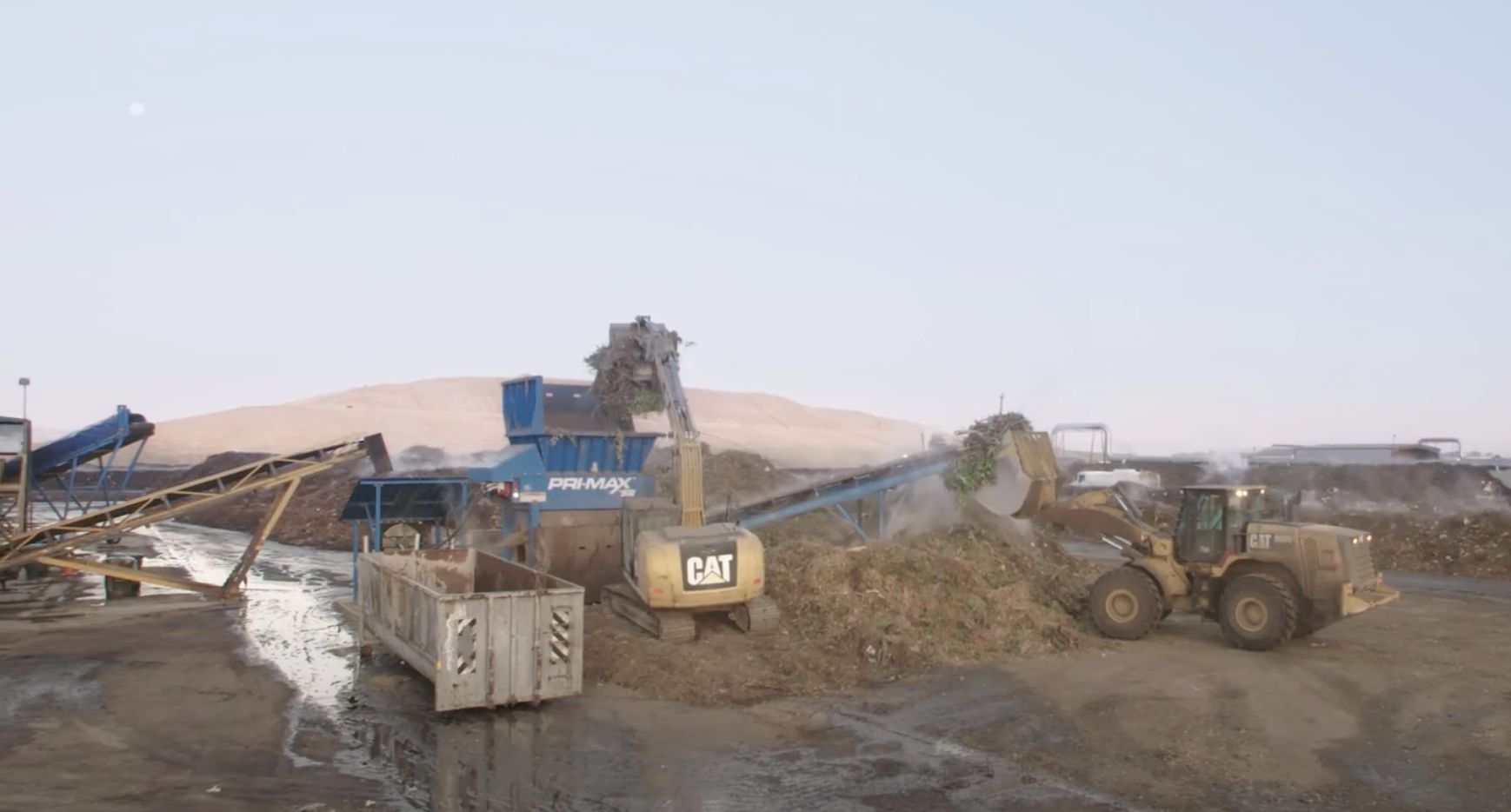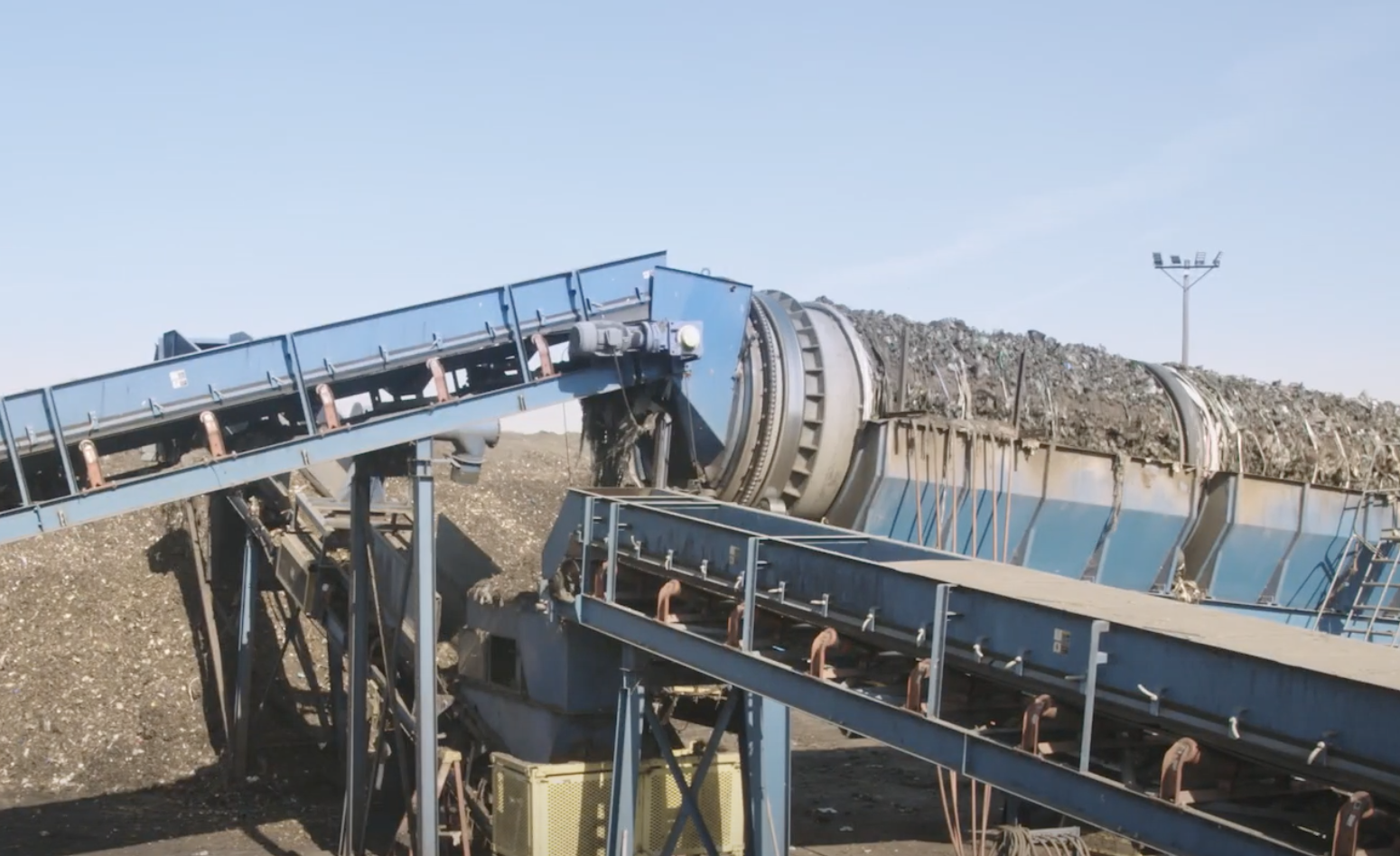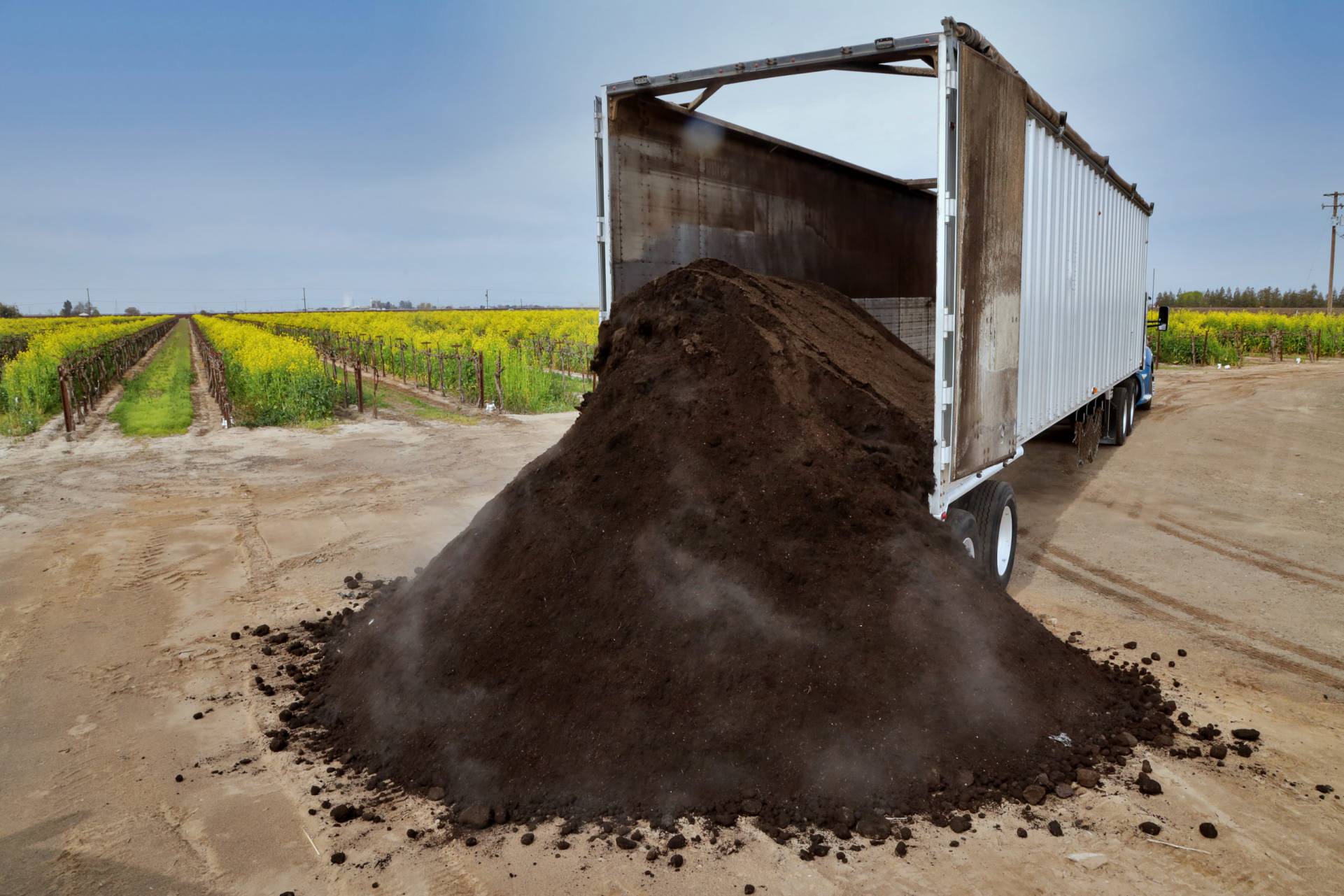What is Senate Bill (SB) 1383
California SB 1383 builds upon the State’s leading commitments to reduce greenhouse gas emissions. Starting in 2022, all businesses and residents will divert organic materials from the landfill.
To accomplish this, communities across California are sorting organic material like food scraps, yard trimmings, and food-soiled paper into their organics bin. These organic materials don’t go to landfills – instead, they are sent to recycling and composting facilities throughout California where they are processed into valuable resources.
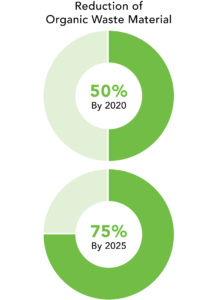
Organics that belong in your compost bin generally fall within three categories: food scraps, yard trimmings, and food-soiled paper.

What doesn’t belong in my compost bin?
Commonly misplaced materials
Materials that do not belong in the organics bin are known as contaminants. These materials often cause operational issues at our recycling facilities and leave our compost littered with inorganic material.
In addition, paper and cardboard that are not soiled by food can be placed in your recycling bin.
Make sure to keep these commonly misplaced items out of the organics bin:

No Plastic Bags, Plastic Clamshells, Cardboard, Glass, Aluminum, and Treated Wood in your organics bin
Looking for more educational information? A good place to start is with the actual bin!
Stickers on bins provide helpful information about accepted items.
Recology also offers educational posters, flyers, and customizable signage for residents and businesses. Check out your local Recology site or our What Bin tool to search for specific materials!
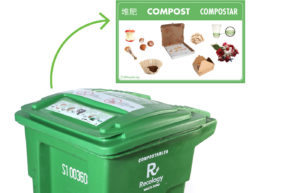
Reduce food waste
Although food scraps can be turned into nutrient-rich compost, the best and highest use for food is to be eaten. Reducing food waste is not only beneficial for the environment, but also for our wallets. Here are a few tips for reducing food waste:

Grocery shopping mindfulness
Make a shopping list and stick to it, avoiding impulse buys. Not only will you waste less food, but you’ll also save money!

Become friends with your freezer
If you don’t eat everything you make, freeze it for later or use the leftovers as an ingredient in another meal.

“Best-by” vs. “Use-by”
Know the difference between “best-by” and “use-by” dates. Sometimes food is safe to eat past the “best-by” date. The “use-by” date tells you when it is no longer safe to eat.

Meal planning
Plan your meals for the week. That way, nothing goes to waste and you can get the most out of your food.
Each day, more than 2,000 tons of feedstock arrive at one of five Recology composting facilities in California. This includes collected food scraps and yard trimmings from residential and commercial customers, as well as grocery store spoilage and agricultural surplus wastes.
How Does Recology Recover My Organics?
In as little as 60 days, the organic material is transformed into nutrient-rich compost and soil amendments that are ready to help “close the loop” and bring food back to your table.
When organic materials decompose in landfills, they produce methane. Methane is a potent greenhouse gas with nearly 30 times the heat-trapping potential of carbon dioxide.
20% of California’s methane is caused by organic material decomposing in landfills.
Composting is one of the most effective ways to reduce the amount of methane released from landfills into our atmosphere. When you place organic materials into your green bin, they are transformed into nutrient-rich compost that fights climate change, conserves water, and improves the state’s natural soil resources.
Interested in how compost is made and used in our communities?
Check out our organics website or visit our tours page to find out more about how your food scraps go from bin to compost and how our compost gets used.
